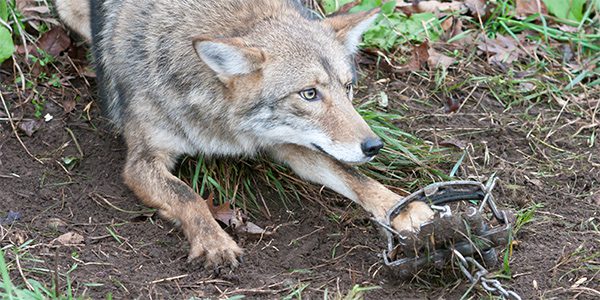Ectomycorrhizal fungi found on cottonwood tree roots in Arizona, Photo credit: Dr. Lisa Markovchick, Northern Arizona University and WildEarth Guardians
Mycorrhizae conservation – Ensuring forest fungi are protected and restored
Mycorrhizae
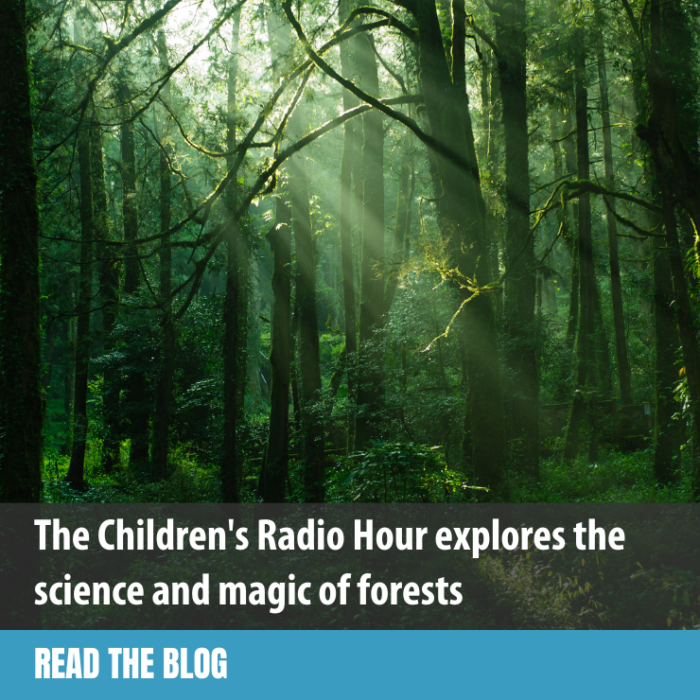 Mycorrhizae, literally “fungus root”, are a symbioses between plant roots and fungi. Most plant communities are dominated by mycorrhizal plants in most ecosystems on earth – nearly all land plants depend on this mutually beneficial relationship between plants and fungi. This symbiosis between plant and fungi plays important roles in providing clean air, drinking water. It also boosts plant and forest resilience to climate change, drought, and pests.
Mycorrhizae, literally “fungus root”, are a symbioses between plant roots and fungi. Most plant communities are dominated by mycorrhizal plants in most ecosystems on earth – nearly all land plants depend on this mutually beneficial relationship between plants and fungi. This symbiosis between plant and fungi plays important roles in providing clean air, drinking water. It also boosts plant and forest resilience to climate change, drought, and pests.
Studies identify many kinds of disturbance that impact mycorrhizae, and the importance of protecting and restoring their full diversity, providing additional tools to support our forests and natural areas under climate change. However, most management and restoration projects still largely ignore fungi due to lack of expertise and funding.
At Guardians, we’re dedicated to tackling this challenge on all fronts.
What are the Different Types of Mycorrhizae?
Biologists often group mycorrhizal fungi based on the specialized structure they form inside plant roots as a site for exchange between plant and fungus. Learn more about three of the many types.
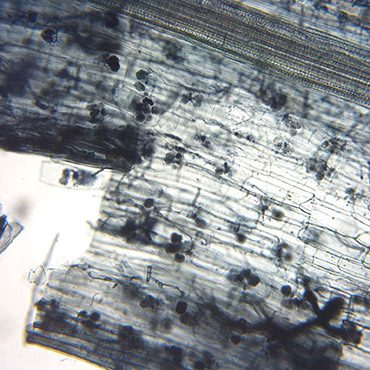
Arbuscular Mycorrhizal Fungi (AMF)
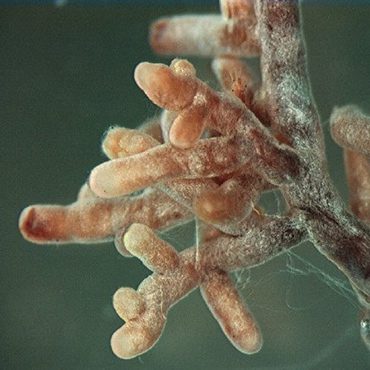
Ectomycorrhizal Fungi (EMF)
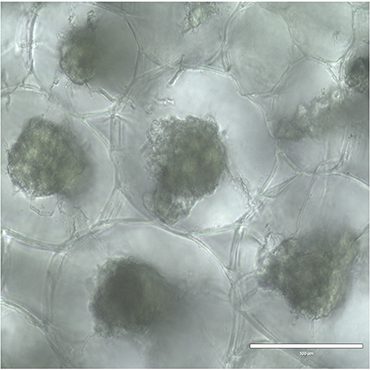
Orchid Mycorrhizal Fungi (OMF)
The Gap Between Mycorrhizal Science & Application
Guardians’ Dr. Lisa Markovchick describes what mycorrhizal fungi are, what they do for us, and what the science is telling us about the need to protect and restore them. Dr. Markovchick also discusses the evidence that there is a large gap between the science and its implementation, how to begin implementing the science, and why it is so important to do so
